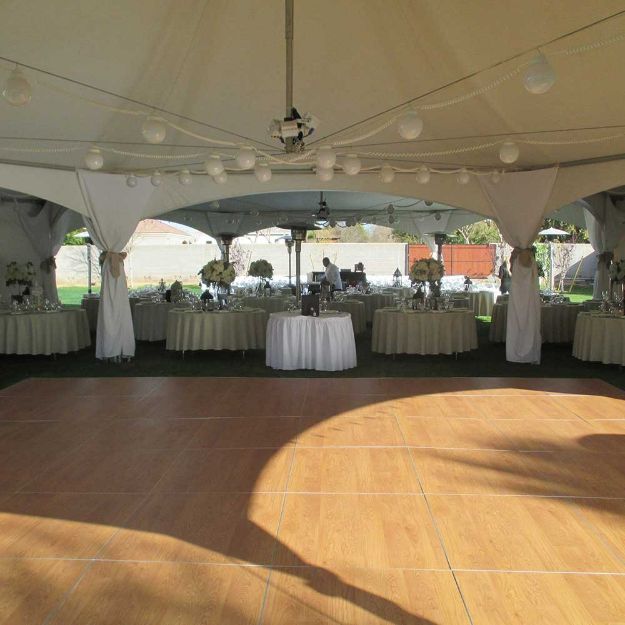Enhancing Creativity With Color Concept for Illuminated Dance Floor Layouts
Enhancing Creativity With Color Concept for Illuminated Dance Floor Layouts
Blog Article
Hue theory is a crucial element of aesthetics, especially when it relates to creating light-emitting diode dancing floors. The interaction of hues can greatly influence the mood and vibe of a venue. By understanding how hues work together, creators can create an environment that improves the total experience for dancers. This article explores the basics of color theory and its use in LED dancing floor designs.
The primary colors are red, blue, and yellow. These colors cannot be made by mixing other colors together. Secondary colors, such as green, tangerine, and violet, are created by combining main colors. Tertiary colors are formed by mixing a main hue with a secondary hue. Grasping these fundamental connections helps creators choose colors that complement one another and create a aesthetically appealing display. Combining these colors on an light-emitting diode dancing surface can lead to vibrant and exciting effects that capture the attention of participants.
Hue temperature also plays a key role in design. Colors can be categorized as hot or chill. Hot colors, such as red, orange, and golden, often to elicit emotions of excitement and warmth. In opposition, cool colors like azure, green, and purple often create a calm and tranquil environment. Designers can utilize these hue values to set the mood for various types of occasions. For example, a celebration atmosphere may benefit from warm colors that invigorate the audience, while a further relaxed event might employ chill hues to provide a calming influence.
In furthermore to color combinations and temperature, luminosity and intensity are essential elements to consider. Luminosity refers to how light or dark a hue looks, while saturation measures the vividness of a hue. Bright, intense hues can create a vibrant and energetic atmosphere, ideal for dance floors. On the contrary hand, gentler, less saturated colors can generate a further subdued atmosphere. Through adjusting luminosity and saturation, designers can attract focus to specific areas of the dancing floor or create sight routes, guiding dancers through the venue.
Finally, it is crucial to consider the emotional effects of hue in LED dance surface layouts. Different colors can elicit different emotions and responses. For example, crimson is often associated with passion and vitality, while azure can be calming and peaceful. Grasping these associations allows creators to tactically use visit here hues to affect the behavior of dancers. By incorporating hue theory into LED dancing surface layouts, creators can enhance the overall encounter, rendering it Read Full Article memorable and pleasurable for all involved.